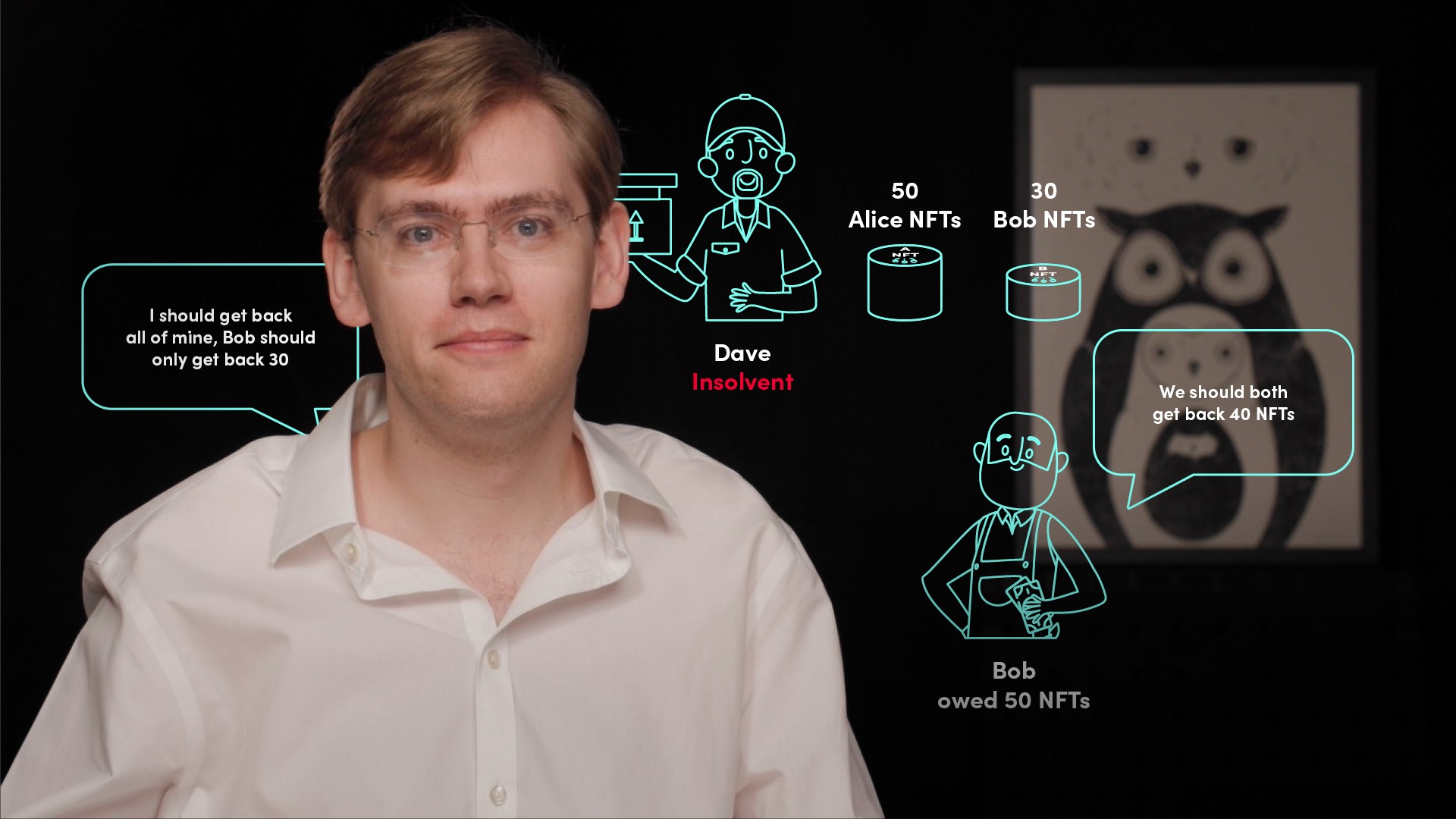
Cryptoassets and the Different Protocols

James Burnie
Financial technology specialist
Cryptoassets are pieces of information stored on a blockchain that are traded for the value of the information itself. The second video in this five-part video series provides an understanding of cryptoassets and how regulators have dealt with them.
Cryptoassets are pieces of information stored on a blockchain that are traded for the value of the information itself. The second video in this five-part video series provides an understanding of cryptoassets and how regulators have dealt with them.
Subscribe to watch
Access this and all of the content on our platform by signing up for a 7-day free trial.

Cryptoassets and the Different Protocols
14 mins 3 secs
Cryptoassets are information held on a blockchain which are traded for the value of this information in itself. Different regulators are taking different approached to regulating cryptoassets, however generally a functional approach is used to understand cryptoassets. Areas of regulatory focus include stopping money laundering and consumer protection.
Key learning objectives:
What are the benefits of blockchain?
What are smart contracts?
What are cryptoassets?
What are the areas of regulator focus?
Subscribe to watch
Access this and all of the content on our platform by signing up for a 7-day free trial.
What are cryptoassets?
A lot is made over a supposed distinction between “crypto” projects and “blockchain” projects. In fact, in some ways this is a distinction without a difference, in that, if the core rationale for using blockchain is storing data, then it is often simply called a “blockchain” product. On the other hand, if a project gives attributes to that data, for example it states that the data is itself worth something, as is the case with bitcoin, or that the data gives rights to something external to the blockchain, such as a right to use a car or to distributions from a company, then that information is often referred to as a cryptoassets.
How have regulators dealt with cryptoassets?
There is of a uniform agreement between regulators globally as to how to balance between encouraging innovation and preventing harm. In Europe, there is a strong focus on protecting the rights of the individual, in the US there is a strong focus on protecting the corporate, and in China there is a strong focus on the state. The effect of this is that, given the multinational nature of blockchain, there can be legitimate tensions regarding how best to proceed. Whilst different regulatory systems have taken very different approaches, ranging from outright bans to encouraging firms to use the technology, as a general rule most regulators will take a functional approach when determining how to regulate this technology.
What are the different types of cryptoasset?
Firstly, crypto-transaction tokens are used as a way of moving value. The core issues here relate to how well they store value, and how well they act as a form of substitute for money. From a regulator’s view, to the extent you can buy things with a crypto-asset, it starts to function like money. Secondly, they can be used as a voucher, i.e. the cryptoasset on the blockchain represents an asset or service external to the blockchain, or “off-chain”. Generally regulators will treat the cryptoassets within the same kind of framework as the underlying security. The third group of crypto assets are crypto-fuels, which are the building blocks on which other tokens are built on.
What are the areas of regulatory focus?
Firstly, the perceived money laundering risk caused by cryptoassets, particularly as regards the trading and custody of cryptoassets. Secondly, from consumer protection perspective, there is a move to require those advertising unregulated tokens to comply with additional legal requirements. The picture here is still evolving, however the prevailing trend is towards greater regulation.
Can you modify a blockchain?
Blockchain is built on code, you can modify how the blockchain works by altering the code. The nature of blockchain has evolved, with additional functionality being created over time, to allow for new ideas and products.
Subscribe to watch
Access this and all of the content on our platform by signing up for a 7-day free trial.

James Burnie
There are no available videos from "James Burnie"






















